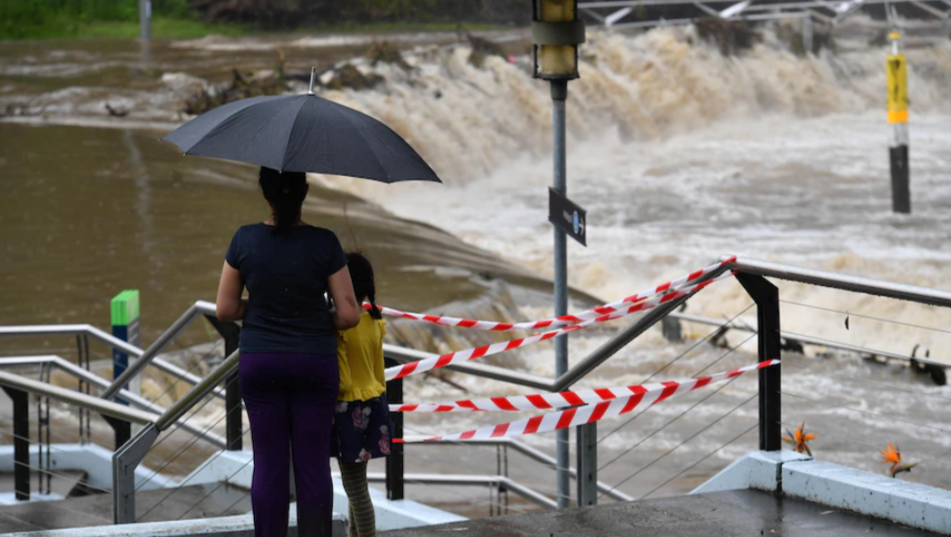By Spyros Schismenos, Humanitarian Engineer and Aristeidis Gkiatas, Fire Officer*
New South Wales is facing another wet week. Several parts of the state, including Sydney, deal with heavy storms and massive floods. Flash floods and torrential flows are no news to Australians, however, the magnitude and scale of a flood may catch us off guard.
Floods are common water-based hazards that occur around the world. They can develop in seconds or a few minutes and result in property damages or worse, injuries and fatalities. Who remembers the recent floods in Mandra, Attica, Greece in 2017 where more than 15 died, or the 2022 flood disaster in Queensland and NSW where 22 people lost their lives?
Due to the impacts of climate change, severe floods and storms are inevitable. However, what can be manageable is our level of preparedness. While flood response education and training should be strictly completed with the support of authorised specialists, here’s some advice from two emergency professionals on what to do when you see flood waters coming right at you.
If you’re outside in the open:
- Do not walk or drive through flooded areas. Avoid low-lying or poorly drained streets and move to higher ground.
- If your car comes to a standstill on a flooded road, leave it immediately as it might get swept away or flooded.
- Do not attempt to cross flowing streams on foot or by car. A few inches of moving water can flip heavy cars and injure people.
- Avoid landslide-prone areas. Landslides are often triggered by heavy rainfall.
- Stay away from cut and fallen power lines to avoid the risk of electric shock.
- If it’s nighttime, it may be more difficult to identify flood threats around you. In any case, you need to be aware of local flood evacuation routes and know how to reach safe zones through them.
If you’re indoors:
- Move to a safe, higher floor – basements and ground floors are more vulnerable to flooding. Give priority to older adults, children and people with mobility or other issues.
- If water enters your home, turn the power off immediately. Have a flashlight on you in case it’s needed.
- Evacuate your home if requested by the state emergency services. Do not leave your safety position without reason.
- In case of emergency evacuation, take your flood emergency kit with you, and evacuate immediately leaving no one behind.
It is always smart to avoid all unnecessary travelling when there are flood warnings in our area. Make sure to contact all relatives and friends living alone and remember to call triple zero (000) when there are life threatening emergencies.
*Spyros Schismenos is a Humanitarian Engineer at Western Sydney University in Australia. Aristeidis Gkiatas is a Fire Major at Katerini Fire Department in Greece.

